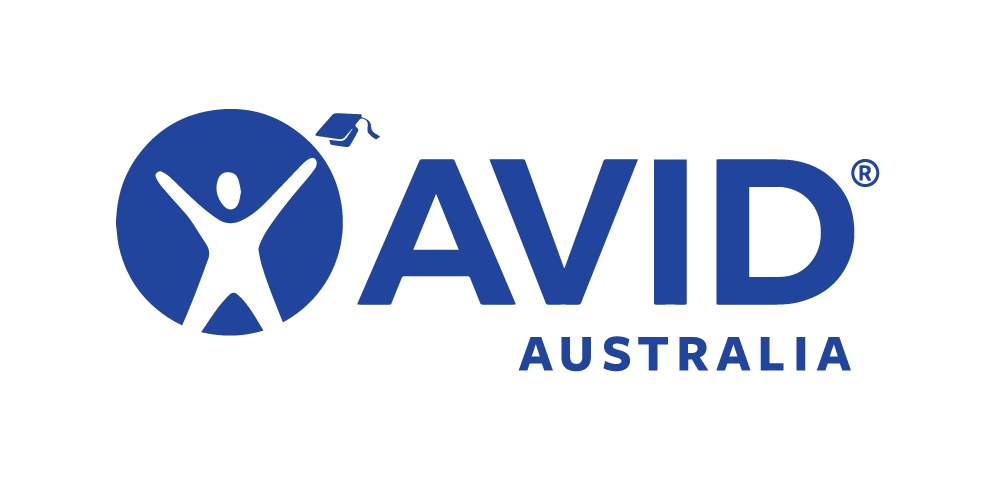Baldivis Secondary College defines extreme weather conditions in two categories: excessive and prolonged heat as well as inclement, wet and/or stormy weather.
In the event of extreme weather conditions, the Executive will determine any modifications to timetabled student activities as well as enabling access to different rooms or duty areas of the college during the lunch breaks.
This may include allowing students to go inside classrooms or other sheltered areas. This may also include the removal of restrictions for access to the Sports Hall, PAC, or library as necessary.
Extreme Heat
Extreme heat or heatwave is a period of unusual and uncomfortable hot weather that can negatively affect health. Children and young people are more susceptible to heat stress. For this reason, schools must be able to recognise and respond to heat related illness and have strategies to manage the risks associated with extreme hot weather and heat wave.
The principal and the Manager of Corporate Services will monitor the Bureau of Meteorology site and if the forecast maximum temperature for Baldivis is expected to exceed 38°C, the Extreme Weather Policy will be enacted, and staff (email), parents (text message) and students (PA announcement) will be informed.
Signs and Symptoms of Heat Stress
It is important that school staff know the signs and symptoms of heat stress and how to respond. Treatment options vary according to the type of heat-related illness.
If a student, staff member or visitor shows any sign of heat exhaustion or heatstroke, schools must apply first aid and seek medical assistance immediately.
Some heat-related illnesses and common symptoms include:
- deterioration in existing medical conditions
- heat stress – including dehydration, heat rash and heat cramps (muscle pains or spasms).
- dizziness and fainting
- heat exhaustion — warning signs may include paleness and sweating, rapid heart rate, muscle cramps headache, nausea and vomiting, dizziness or fainting.
- heatstroke — the person may stagger, appear confused, have a fit, collapse and become unconscious. This is a medical emergency and requires urgent attention.
For more information please refer to the Healthy WA Website: Heatwaves – be prepared for extreme heat (healthywa.wa.gov.au)
Adjustments to School Operations and Physical Spaces
- Planned activities that could add to heat related illness of staff and students will be modified or substituted.
- Outdoor briefings and assemblies will be postponed.
- Playing fields, outdoor courts and unshaded areas will be closed and deemed ‘Out of Bounds’. Duty teachers will be redeployed to indoor areas to supervise students.
- The PAC, Sports Hall and the area above the Cafeteria will be made available for students during break times.
- Internal and external blinds to be closed.
- Portable shade structures (gazebo’s) to be erected to increase available undercover areas for students.
- Doors and windows to be opened and air conditioning used in large indoor spaces (e.g. Sports Hall and PAC).
- Ceiling fans to be used in conjunction with air conditioning units where possible.
- Windows kept slightly open to push out hot air in classrooms and offices with evaporative coolers.
First Aid and Health Education
- A supply of ice packs and hydrolytes will be provided to each staff office for students and staff to access as needed.
- Sunscreen will be made available in all staff offices, student services and the student entry.
- The list of students with known medical conditions more likely to be impacted by the heat will be distributed to staff and identified on Academy.
- Reminders about hydration and symptoms of heat stress to be communicated as follows:
- Heat guidelines and posters displayed in prominent locations, on internal TV screens and the external sign.
- Daily notices reminding students to stay hydrated and be aware of the symptoms of heat stress and where to go to get support.












